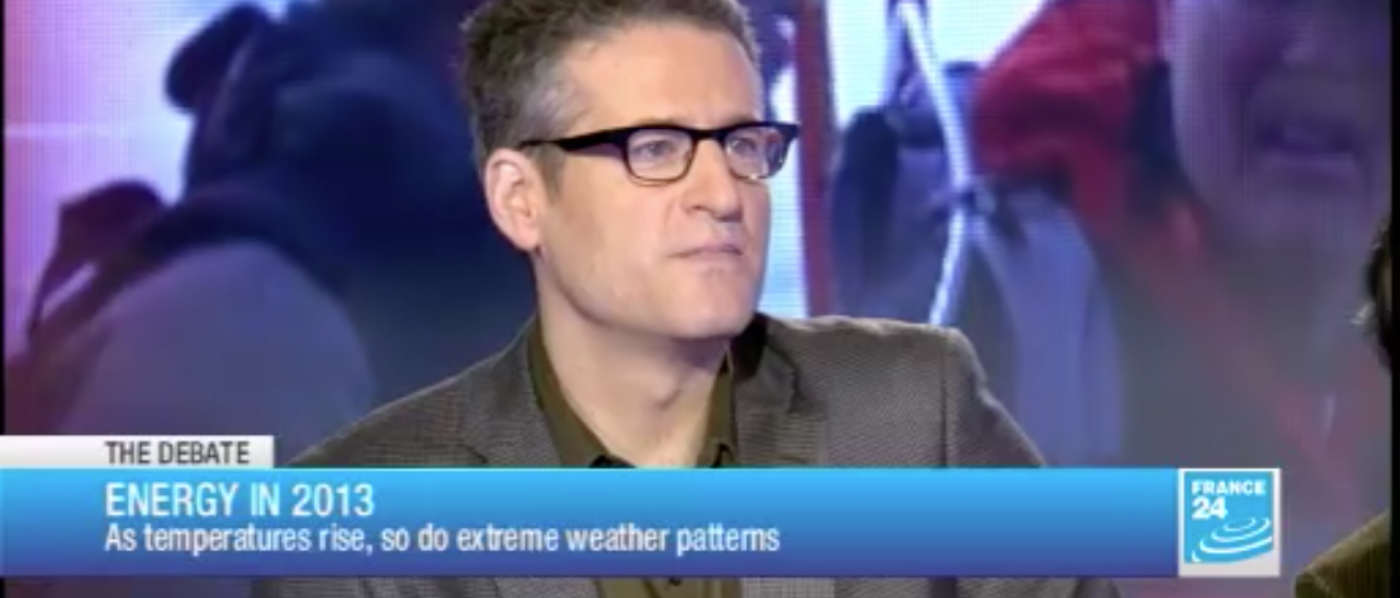FutureGen — the carbon-neutral coal power project initiated and then killed under the Bush Administration — looks increasingly likely to be resuscitated under President Obama after proponents met with Energy Secretary Steven Chu this week. There is now good reason to take a fresh look at this proposed coal gasification power plant which integrates carbon capture and storage (CCS) from the ground up.
Those words don’t come easy for this longtime FutureGen critic. But the context has changed since FutureGen was conceived in 2003, and even since Bush Energy Secretary Samuel Bodman killed it in January of 2008. While Energywise recently noted ongoing concern over FutureGen’s cost, here are five arguments that could justify heavy federal financing:
- Project scope: In its early years FutureGen was viewed as a PR exercise because it framed carbon-neutral coal as a research project, positioning the use of commercially-ready Integrated Gasification Combined Cycle power plants as a moon-shot. Chu has indicated that the project would be streamlined. My sources say one element likely to go will be plans to generate fuel-cell grade hydrogen.
- Financing: The most fundamental block to commercialization of IGCC technology was Bush’s refusal to put a price on carbon emissions, which thwarted even utilities such as AEP that wanted to build cleaner coal plants. Carbon pricing may arrive under Obama–if he can push it through Congress–but the financial collapse has now slashed utilities’ appetite to pore capital into big projects.
- Efficiency: The carbon capture demonstrations in construction by utilities mostly involve bolting carbon capture equipment on to the end of existing coal-fired power plants. Such retrofits are far cheaper up front, but likely to be considerably more expensive in the long run than an integrated design such as FutureGen. That’s because integration should boost energy efficiency. Demonstrating that cost advantage could accelerate adoption of cleaner tech where it really counts: China and India.
- Timing: FutureGen’s site is selected and its environmental impact statement is complete. That means the project can advance quickly, making good use of the stimulus package’s $1 billion in funding for advanced coal. And it could be generating electricity and putting CO2 underground in as little as three years, contributing to the critical evaluation of CCS as a strategy for slowing climate change.
- Environmental protection: Obama Administration moves last month to challenge mountaintop removal mining mean the immediate impacts of U.S. coal demand could diminish somewhat in the years to come.
In other words, FutureGen is the strongest horse ready to run fast when it comes to technologies for neutralizing the CO2 emissions from coal.
Postscript: So why did the Bush Administration kill FutureGen anyway? It probably wasn’t the cost overruns cited by Samuel Bodman last year. Those have been shown to be an accounting mirage by the GAO, Congress’ investigative watchdog, and a report last month from Democrats on the House Committee on Science & Technology suggests that Bush officials knew their intelligence was faulty. Sound familiar?
That has conspiracy theorists rolling. Some say that the FutureGen Alliance — the industrial consortium managing FutureGen — doomed the project by choosing a site in Illinois over one in Texas. World Coal Institute CEO Milton Catelin saying Bodman ordered the hit to favor future investment in nuclear reactors, according to quotes in energy biznews pub Platts:
“What happened to FutureGen wasn’t an accounting error. I believe it was a decision by an energy secretary in the United States to kill a project he didn’t like because he was a nuclear enthusiast.”
Can anyone recall when coal engineering inspired such intrigue?
This post was created for Energywise, IEEE Spectrum’s blog on green power, cars and climate











